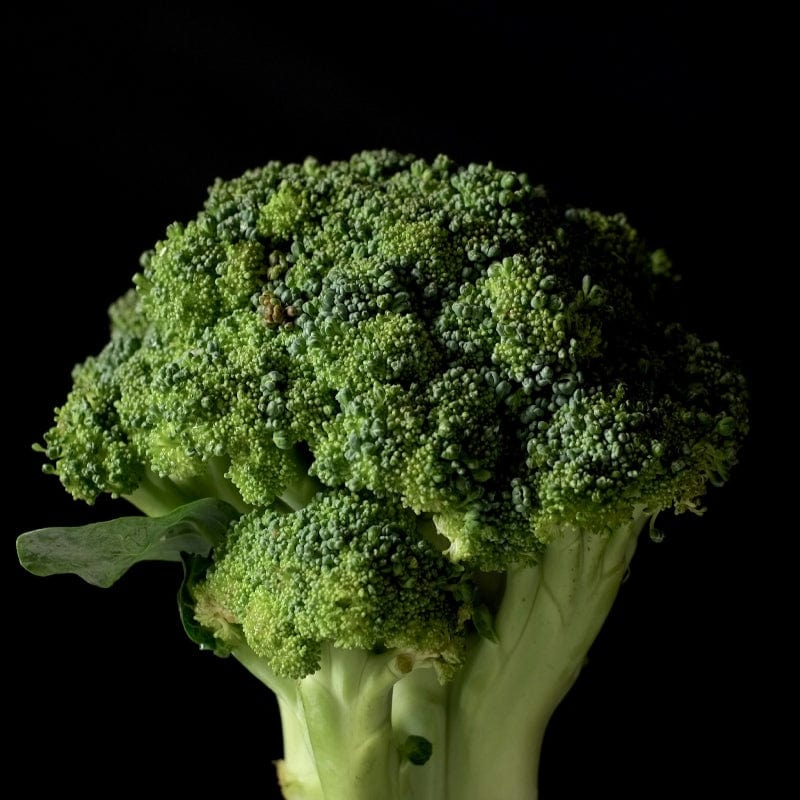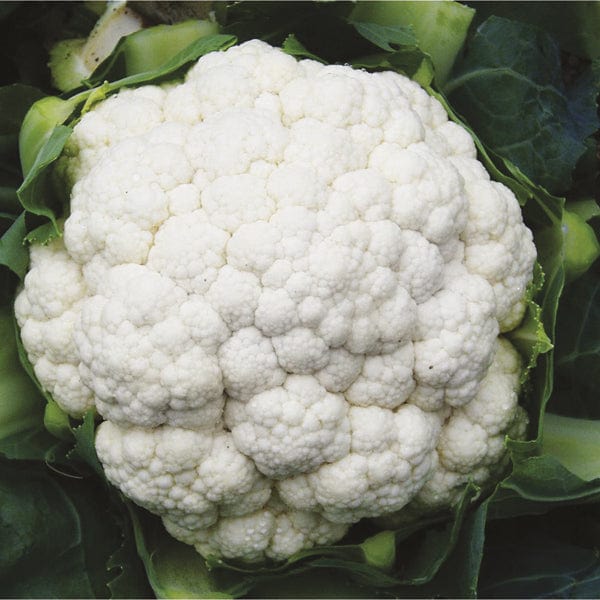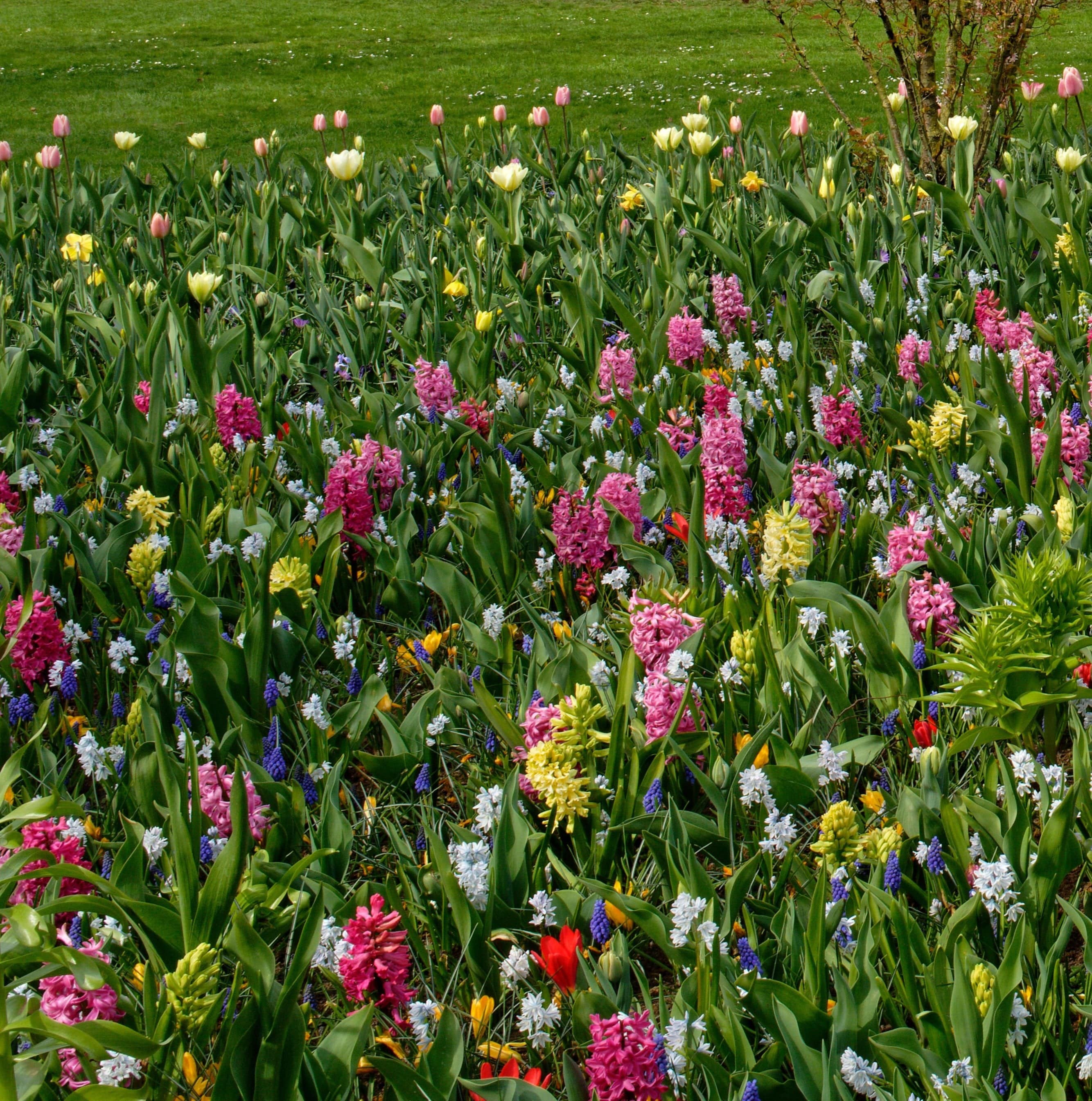Enjoying a freshly made cup of herbal tea is a great way to unwind and relax. Even better is that many herbal teas additionally come with various health benefits. Whether you’re a tried and tested lover of herbal tea or have yet to delve into it, it’s well worth growing your own.
Growing herbs for tea is very simple and is an especially worthwhile addition if you’re already growing a collection of herb seeds and herb plants. Read our guide below to find out how to grow your own tea from scratch using all of our best tips.
Why Grow Your Own Herbal Tea?
As an alternative to true teas, which includes the everyday black tea that many of us are used to drinking, herbal tea provides several health benefits. For example, those looking to cut down on caffeine consumption should opt for herbal tea as the ideal caffeine-free beverage. Additionally, herbal teas have specific health benefits, as chamomile can improve sleep, peppermint is known to aid digestion, and hibiscus can lower blood pressure and fight inflammation.
Growing your own tea as opposed to buying from the supermarket can also save you money on buying teabags regularly. What’s more is that the flavour will also be far superior when using your own freshly grown herbs.
How to Grow Your Own Herbal Tea
As many herbs grow similarly, there are general tips that you can follow to grow them. Most herbs will thrive in full sun, exposed to around six hours of sunlight a day. They should be grown in well-drained soil with some garden compost added. Water them regularly to keep the soil moist but not waterlogged, and cut them regularly to keep fresh growths coming.
When growing your own tea, you should bear in mind to harvest your leaves in the morning on a dry, sunny day. This is because this is when the essential oils are at their peak concentration, giving the herbs the strongest flavour and aroma.
If you’re using fresh herbs as opposed to drying them for your tea, use them immediately after picking for the best flavour. For drying herbs, these can be left to air dry, hung upside down in bunches. Alternatively, you can use a dehydrator. Once dried, store them in airtight containers in a cool, dry place.
Should I Use Fresh or Dried Herbs?
Choosing between using your herbs fresh or dried will depend upon what kind of herbs you are planning to use as well as your personal preference.
Using fresh herbs is best for a brighter, milder taste, which is good for herbs such as mint and lemon balm.
Alternatively, using dried herbs will provide a more concentrated and stronger flavour profile, which herbs such as chamomile and lavender will benefit from. This will also preserve them for longer if you wish to use your herbs into the future.
Best Types of Tea Herbs to Grow
There are many different types of herbs that you can grow to produce leaves for herbal tea. Below are some of the most popular and recommended for great flavour.
Growing Your Own Chamomile Tea
Chamomile tea is opted for by many as a useful sleeping aid. It can be sown either indoors or directly outdoors. It does well in a full sun spot in well-drained soil, benefiting from light watering when needed.
At D.T. Brown, you can grow standard chamomile herb seeds or sweet chamomile herb plants, which have a milder, sweeter taste.
Growing Your Own Peppermint Tea
Peppermint tea is a favourite for many, having great flavour and also having the benefit of aiding digestion. You can grow your mint leaves in spring or autumn in full sun or partial shade. However, it is best grown in pots or containers, as it can spread aggressively. Your soil should be watered to be moist but well-drained.
Mint leaves picked from mint plants will benefit from being harvested just before the plant flowers, as this is when the greatest concentration of natural oils will be in the leaves for the best flavour.
You can also choose from spearmint plants, or garden mint plants as they are also known, which provide a much stronger flavour. Here at D.T. Brown, we offer our mint mixture herb seeds, which contain a mix of peppermint, spearmint, and apple mint for the ideal combination of flavours for tea.
Growing Your Own Lemon Balm Tea
Lemon balm is very straightforward to grow and produces a lovely scent that transfers very well to taste for herbal tea. Drinking it comes with many benefits too, as it has been known to reduce anxiety, help sleep, and improve memory.
You can start growing lemon balm from spring or early summer, which does well in full sun or light shade in pots and garden beds. Water your lemon balm moderately, letting the soil dry slightly between watering.
When growing lemon balm for tea, be sure to harvest young leaves and tips for the best flavour.
How to Brew Herbal Tea
Once you’ve harvested your herbs, you should first wash them thoroughly. Then, tear or scrunch them to release the essential oils and add them to your teapot with boiling water. Make sure to cover it to prevent any essential oils from evaporating.
Leave your herbs to steep (or infuse) between 5 and 10 minutes. The longer you let this process happen, the stronger the flavour will be. So, adjust how long you do so for how weak or strong you would prefer your tea to be.
Use a tea strainer to catch loose leaves before serving. You can also add honey, ginger, or cinnamon to your tea if you’re looking for a slightly sweeter flavour.
Shop Herb Seeds and Plants for Tea at D.T. Brown
If you’re interested in growing your own herbal tea, you can find many varieties of herb seeds and herb plants to do so at D.T. Brown. We provide a diverse range to choose from, all specifically chosen for their quality for healthy growth and great flavour for your teas.
If you’re looking for more useful articles similar to this one, our garden advice blog features many growing guides and other handy advice to get your growing space thriving.
To learn more about our range of vegetable plants, fruit plants, flower plants, or anything else in our collection, get in touch with us today, and we’ll happily answer any questions you may have.












